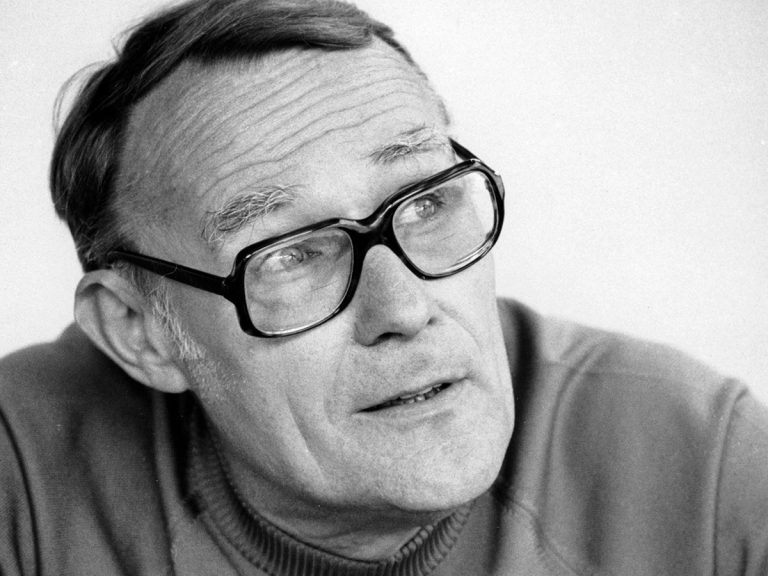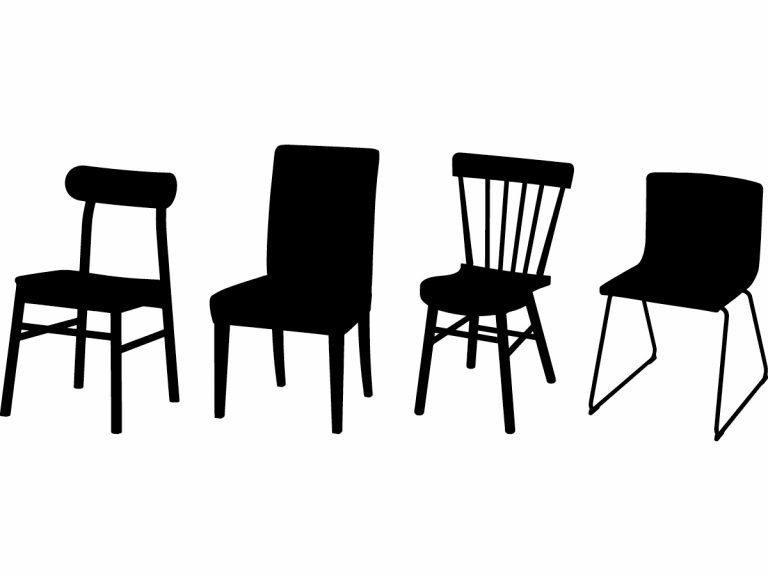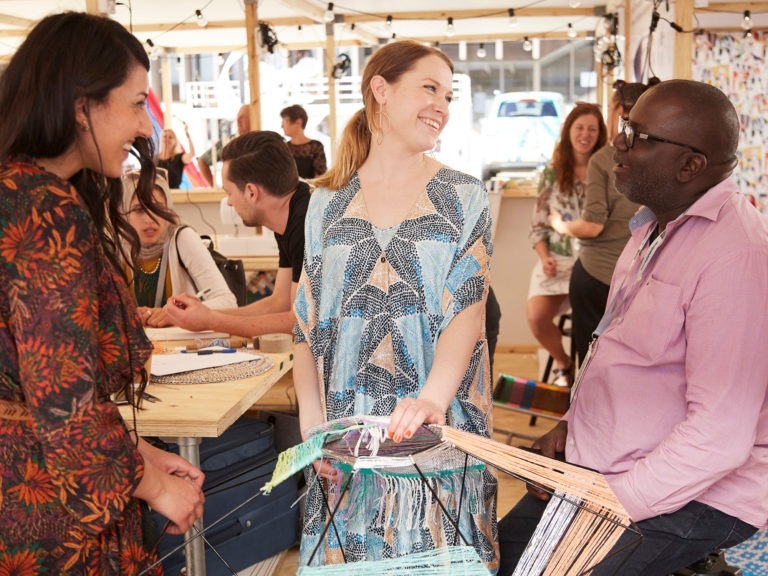A lot of co-workers wanted a calmer year with time for reflection, and without constant new store-building. Ingvar Kamprad was hesitant about slowing down in the middle of a financial crisis. But he too was concerned, perhaps mainly about what he saw as bureaucratisation, a threat to the culture and identity at IKEA. Back in 1976 he had published The Testament of a Furniture Dealer to increase awareness and understanding among the workforce. But that wasn’t enough.
“A lot of new people had joined IKEA in a short time. They worked a lot and with great enthusiasm, but didn’t really get it,” says Ken Muff Lassen, who at the time was part of IKEA group management, working closely alongside Ingvar Kamprad in Humlebæk, Denmark. “The Testament of a Furniture Dealer was a unique document with a wonderful objective. But living up to it in the everyday and making sure everyone embraced its ideas was a colossal undertaking.”
When the idea of a reboot, an internal stocktake, took hold, Ken Muff Lassen thought that a few surveys and reports would do the trick. But Ingvar Kamprad wanted more. The seventh point in the Testament established the importance of concentrating efforts “for maximum impact, often with small means”. His aim now was to solve the crisis with a huge mustering of forces.
“That was typical Ingvar. He could inflate a small idea up to massive proportions. He was the one who came up with the idea of Kraft 80 (Strength 80) and it turned into a whole revolution,” says Ken Muff Lassen.

















